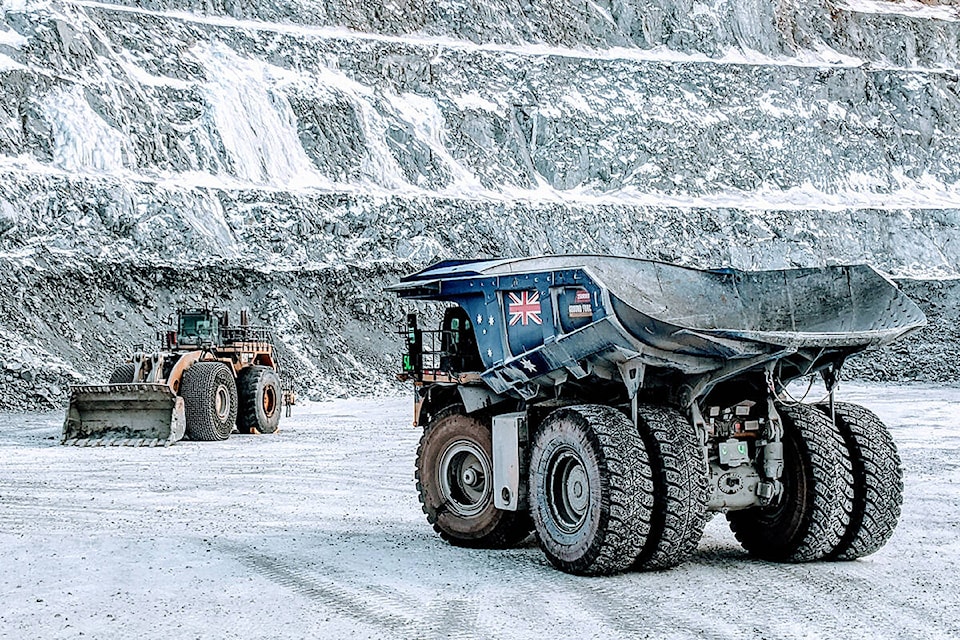A pre-feasibility study for a block caving operation at the Red Chris gold mine in Northwest B.C. has the owners of the mine excited.
“The Red Chris Block Cave Pre-Feasibility Study (PFS) confirms Imperial’s long-held view that Red Chris has the potential to be a long-life, low-cost mine capable of producing both copper and gold at low unit cost,” said Brian Kynoch, Imperial Metals president. Imperial Metals is the minority shareholder in the mine at 30 per cent with Newcrest Mining owning 70 per cent of the operation.
“Low-cost” may be an understatement. Initial analysis estimates the all-in sustaining cost (AISC) to produce gold from Red Chris using the block cave technique at -$144 US per ounce. By comparison, Kitco, a Canadian company that trades in precious metals, reported Newcrest’s overall AISC across all its global operations was $911 per ounce for the 2020 calendar year making it the seventh lowest cost gold producer in the world last year. The Russian gold mining company Polyus had the lowest AISC at $604 per ounce.
READ MORE: Newcrest makes big progress at Red Chris mine
Jim Miller-Tait, Imperial’s vice president of exploration, explained the negative AISC takes into account the value of the copper the Red Chris block cave will also produce.
PFS results estimate an initial mineral reserve of 8.1 million ounces of gold and 2.2 million tonnes of copper. The initial mine life is projected to be 31 years. The upfront cost to develop the mine is pegged at CA$2.6 billion.
Based on those results, Newcrest has given the go-ahead for a feasibility study to be completed by the first half of 2023 with production slated to begin in July 2028. The company projects the initial production to average 316,000 ounces of gold and 80,000 tonnes of copper per year over the first six years.
Kynoch also noted that because Red Chris is being powered by the B.C. electrical grid combined with the efficiency of the block cave technique, that the mine will also have a very low carbon footprint.
READ MORE: Mining company steps up to help with COVID outbreak in Tahltan territory
Block caving is a relatively new technique of which Newcrest is a world leader.
It has been likened to an underground version of open pit mining. Miners excavate a large cavern underneath an ore body. The ore body collapses under its own weight filling the cavern and is removed via a series of pre-constructed funnels and access tunnels.
Engineers estimate the cost of mining with this technique is approximately 10 per cent of conventional underground mining making previously uneconomic resources accessible.
Newcrest’s other block cave, the Cadia mine in New South Wales, Australia, is also a paragon of efficiency. For the quarter ending March 31, 2021, Newcrest reported an AISC of -$160.
Not all ore bodies are suitable for block caving as the geometry must be such that the deposit has sufficient height and footprint area to initiate the natural collapse of the rock mass. The PFS confirmed the geometry at Red Chris is suitable.
Currently, there is only one block cave mine in Canada, New Gold’s New Afton mine in south-central B.C. approximately 17 kilometres west of Kamloops.
Red Chris is currently an open pit mine. In 2020, it produced 88.3 million pounds of copper and 73,787 ounces of gold. The expected remaining life of the open pit operation is less than 10 years.
editor@interior-news.com
Like us on Facebook and follow us on Twitter
